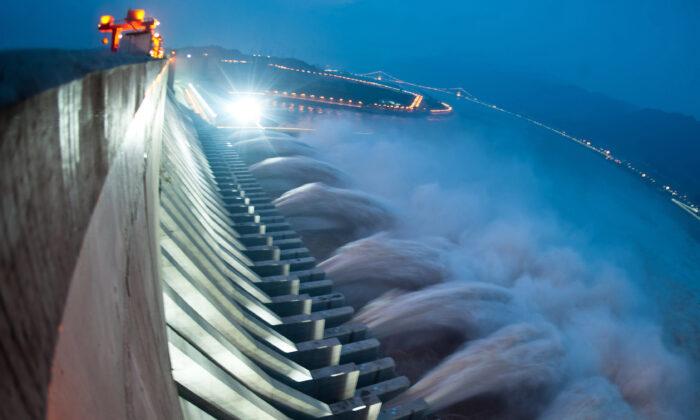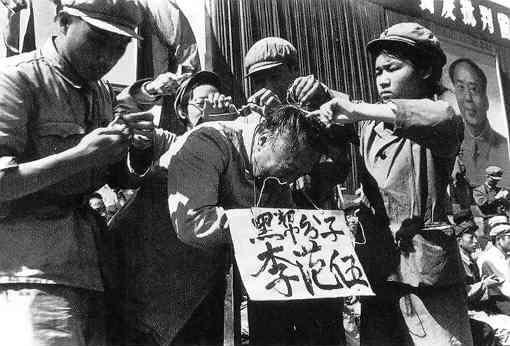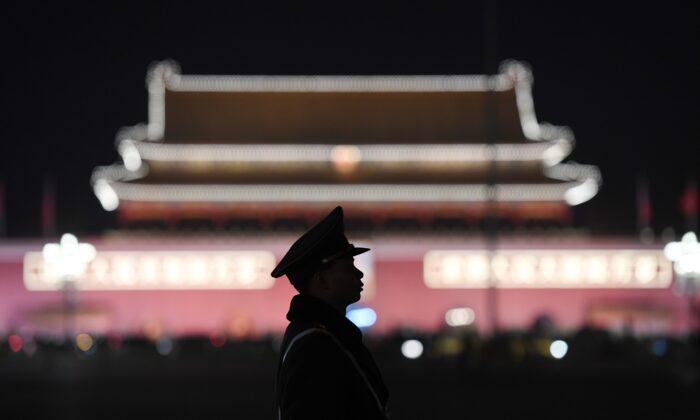Commentary
The bloodletting on the India–China border caught the world by surprise, but if one looks eastward to what is happening in Beijing, the events may make sense.
India and China share a long and undefined border. However, each side has a controlled area. In the past 58 years since the 1962 Indo–China War, the two countries have learned to keep the peace while dealing with the grey areas.
I have heard stories from friends who were in the Chinese army. Both sides at the border know how to play a game asserting their competing territorial claims. Neither army carries guns when patrolling near the border. One side can build a temporary tent in the disputed area or even in the other side’s controlled area, and the other side can take the tent down. Both sides have lived in peace with this game.
Last week, when an Indian patrol went to tear down a tent China had erected, they were attacked by CCP soldiers wielding clubs studded with nails. Twenty Indian soldiers were killed.
This was a planned and deliberate attack. To kill anyone of a neighboring country is a major diplomatic and military issue. Without the direction of the top leaders of the Chinese Communist Party (CCP), it would never have happened.
This border conflict has a few benefits for the CCP: It diverts attention away from the Chinese regime’s internal crises; it tests the military, to see whether it follows the top CCP leader; and it shows India that the country will get into trouble if it doesn’t follow China in its fight with the United States.
In the CCP’s history, each time it has faced a severe crisis, it has looked to an outside target and deliberately created a fight. Since the CCP can not afford a real war, it picks a target with which it can control the scale of the fight. India is a good fit.
At the peak of the border conflict, on June 17, the AIIB (Asian Infrastructure Investment Bank, led by China) approved a $750 million loan to India for its response to COVID-19. The loan sent a signal that the CCP wants to keep the scale of conflict under control.
The CCP has been very unhappy that India did not take China’s side during the U.S.–China trade war. India declined to join the Regional Comprehensive Economic Partnership led by China. Punishing and attracting India with money is a typical CCP tactic.
The result might be the opposite of what the CCP wants. India is officially trying to turn down the heat, but the Indian people have begun boycotting products made in China. The border incident will definitely push India to draw closer to the United States.
This conflict has distracted the media; it has been the top news everywhere. Few media outlets are paying attention to how serious is the spread of the CCP virus in Beijing.
Different provinces are sending doctors to Beijing. Travel between Beijing and other cities is blocked. CCP officials are having meetings with hospital staff, mainly to make sure they don’t tell the outside world about the real situation with the virus. More than 10 people have been punished as rumormongers.
Nonetheless, some CCP officials have revealed, anonymously, that Beijing today is like Wuhan in January and February. During much of that time, the city in central China was locked down, with hospitals overflowing.
The CCP’s approach in Beijing is a repeat of how it handled Wuhan. As officials work hard to control the situation in Beijing, it’s not clear where the top seven CCP leaders are. If they stay in Beijing, their lives are threatened by the virus. If they leave Beijing, their power will be threatened.
Recently, news has spread in Beijing that military hospitals have been full of virus patients. In fact, the military infection numbers have been top secret. A small-scale war can help counter any doubts about the military’s current strength.
Protesters in Hong Kong carry signs saying “Heaven is killing the CCP.” It is no joke. Seemingly every week, we hear news of events that threaten the very existence of the CCP.
This week, rains have been causing flooding in many areas, especially in Sichuan Province. Land, sand, and water are piling up behind the controversial Three Gorges Dam.
Some experts are calling it a bomb, one more powerful than an atomic bomb. The dam sits in the western edge of densely populated central China. If it collapses under mounting water pressure, it will inundate an area that produces over 50 percent of China’s GDP, and where hundreds of millions of people live.
Diana Zhang, Ph.D., is a staff writer with 20 years’ experience in the study of China. Based in the United States, she uses a pen name to protect her family members in China.
Views expressed in this article are opinions of the author and do not necessarily reflect the views of The Epoch Times.




